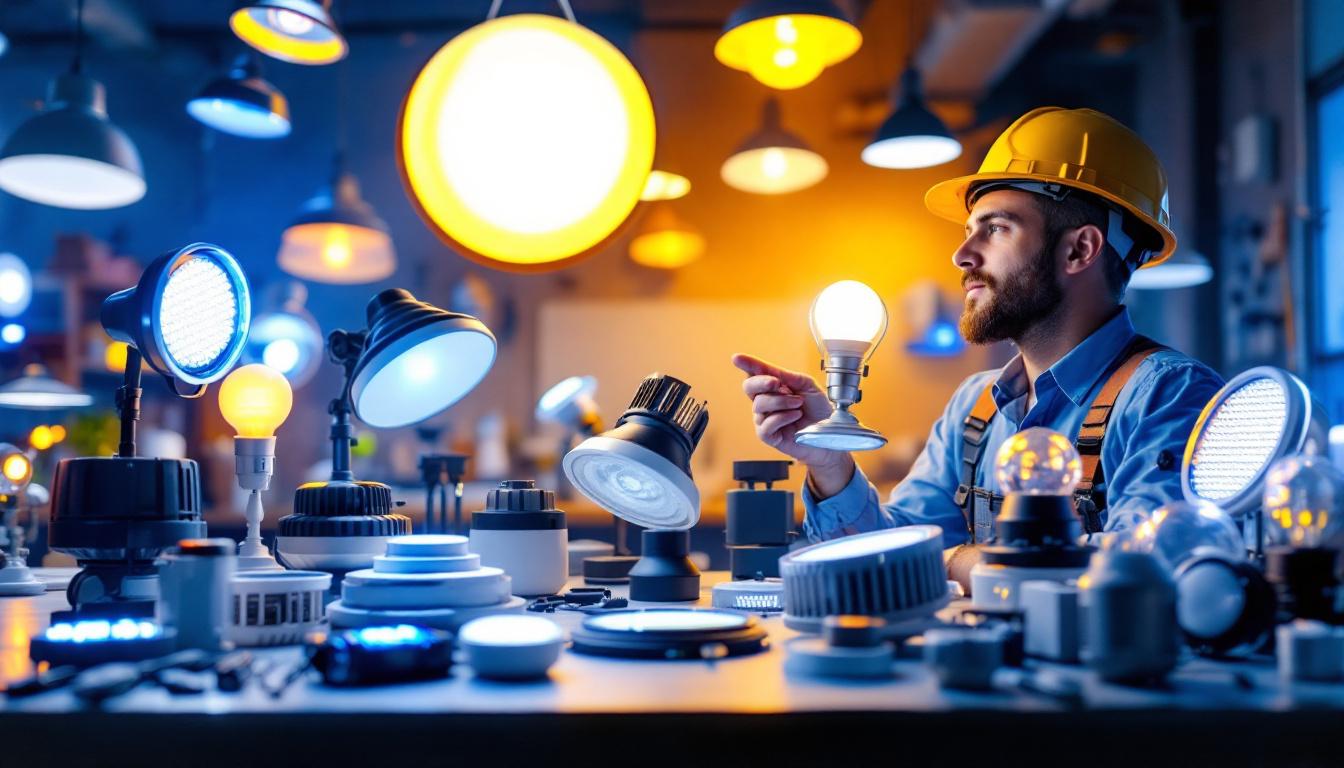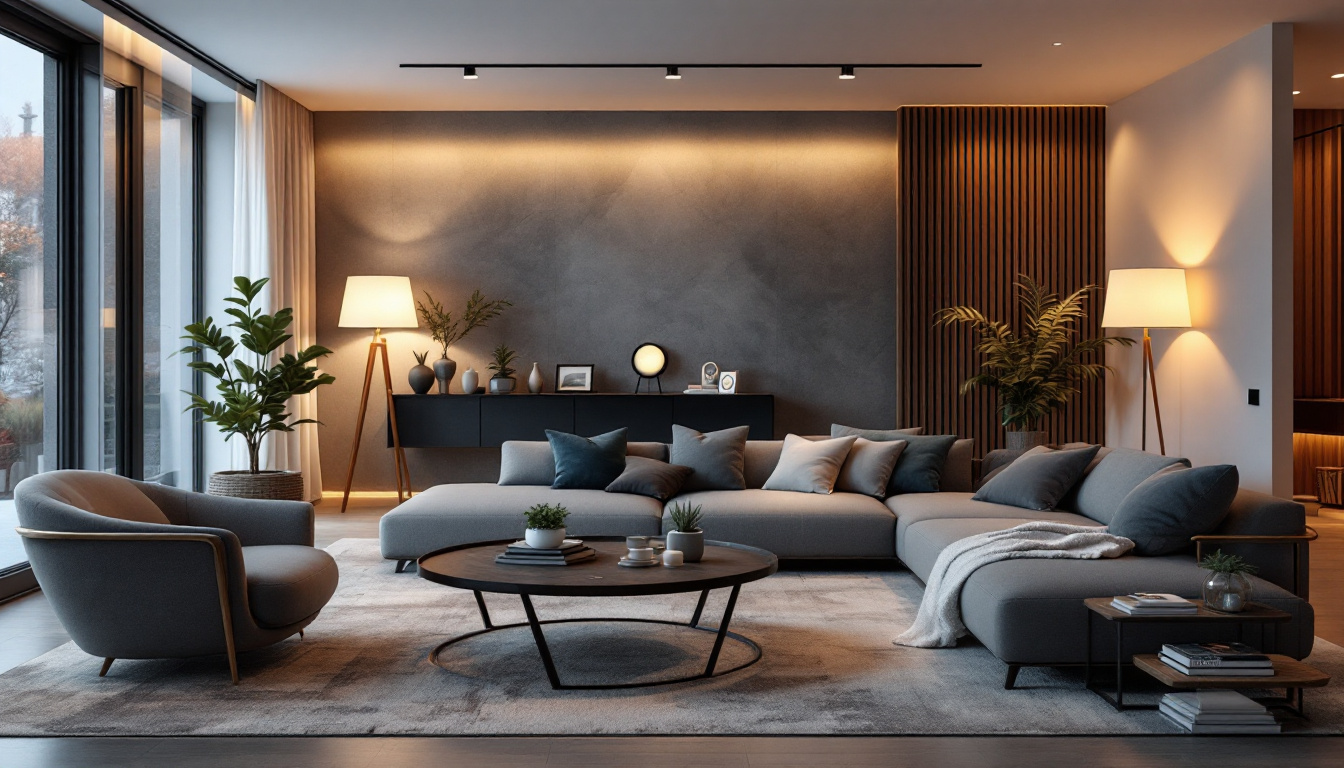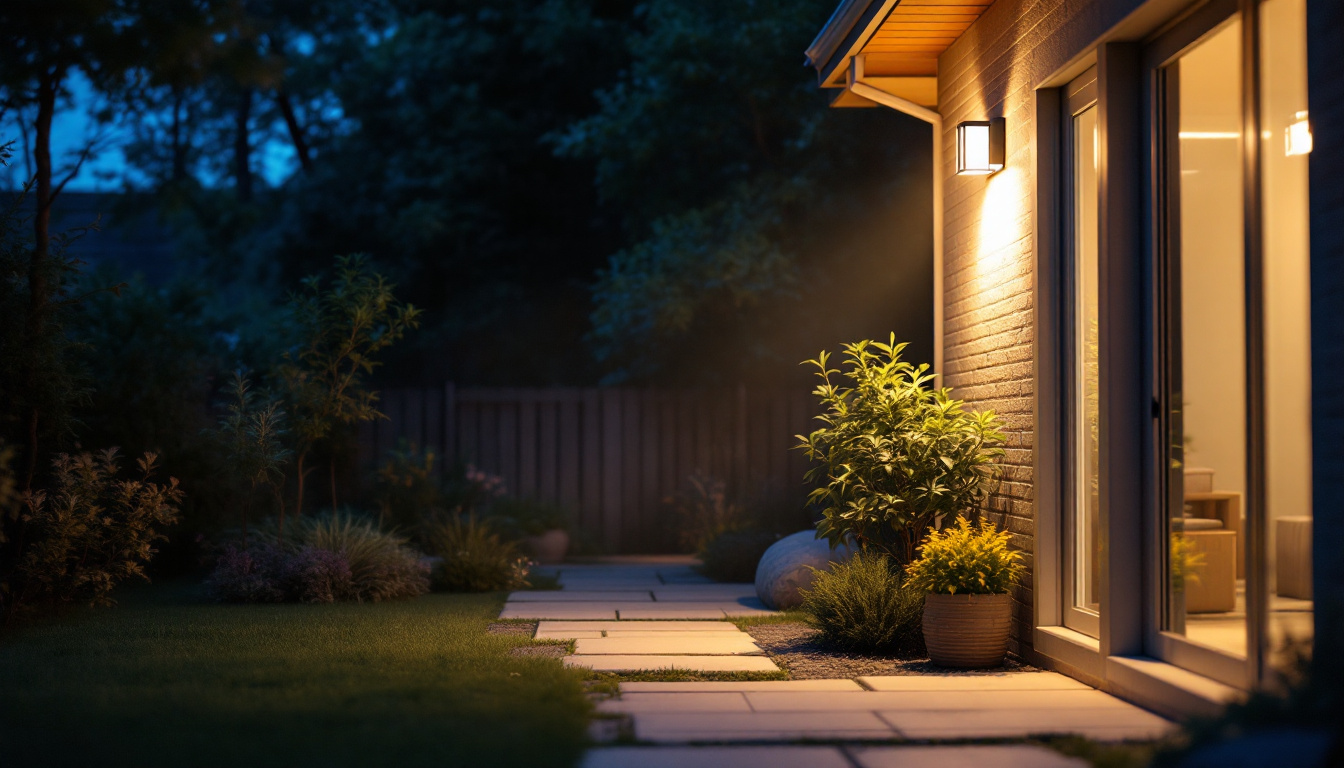
As the lighting industry continues to evolve, LED technology has emerged as a frontrunner in providing energy-efficient and versatile lighting solutions. For lighting contractors, understanding the various types of LED lights is essential for making informed decisions that meet client needs while maximizing efficiency and aesthetics. This article delves into the different types of LED lights available, their applications, and key insights that can enhance project outcomes.
LED, or Light Emitting Diode, is a semiconductor device that emits light when an electric current passes through it. Unlike traditional incandescent bulbs, which generate light through heat, LEDs are more efficient and have a longer lifespan. This fundamental difference in operation not only reduces energy consumption but also contributes to lower maintenance costs over time. The average lifespan of an LED can reach up to 25,000 hours or more, significantly outlasting incandescent bulbs, which typically last around 1,000 hours. This longevity means fewer replacements and less waste, making LEDs an environmentally friendly choice.
As a lighting contractor, it is crucial to grasp the underlying technology of LEDs to effectively communicate their benefits to clients. Understanding terms such as lumen output, color temperature, and CRI (Color Rendering Index) can significantly impact the selection of the appropriate lighting solution for different applications. Furthermore, being well-versed in the latest advancements in LED technology, such as smart lighting systems that integrate with home automation, can position contractors as knowledgeable resources in a rapidly evolving market.
Lumen output measures the total amount of visible light emitted by a source. When comparing LED lights, it is essential to consider lumens per watt (lm/W) to evaluate their efficiency. Higher lm/W ratios indicate more light produced per watt of electricity consumed, which is a critical factor in energy-efficient designs. For example, while traditional incandescent bulbs may produce around 15 lumens per watt, high-quality LEDs can achieve 80 to 100 lumens per watt or more, showcasing their superior efficiency.
Contractors should also educate clients on how lumen output affects the ambiance of a space. For instance, a higher lumen output is suitable for task-oriented areas like kitchens and offices, while lower outputs may be ideal for creating a cozy atmosphere in living rooms or bedrooms. Additionally, the distribution of light—whether it is focused or diffused—can greatly influence how a space feels. By understanding these nuances, contractors can help clients achieve their desired aesthetic while maximizing functionality.
Color temperature, measured in Kelvin (K), determines the appearance of light emitted by an LED. Lower temperatures (2700K-3000K) produce warm, yellowish light, while higher temperatures (5000K-6500K) yield cool, bluish light. Understanding these differences allows contractors to recommend the most suitable lighting for specific environments. For instance, warmer tones are often preferred in residential settings to create a welcoming and relaxing atmosphere, while cooler tones are favored in commercial spaces to enhance alertness and productivity.
Additionally, the Color Rendering Index (CRI) measures how accurately a light source displays colors compared to natural light. A CRI of 80 or above is generally considered acceptable for most applications, but for settings where color accuracy is critical, such as art galleries or retail spaces, a CRI of 90 or higher is recommended. It is also worth noting that advancements in LED technology have led to the development of tunable white LEDs, which allow users to adjust both color temperature and intensity, providing greater flexibility in lighting design and enhancing the overall experience of a space.
LED lights come in various forms, each designed for specific applications. Familiarity with these types can help contractors tailor solutions to meet diverse client needs.
LED bulbs are the most common type of LED lighting. They are designed to replace traditional incandescent and compact fluorescent bulbs in standard fixtures. Available in various shapes and sizes, LED bulbs can be used in residential, commercial, and industrial settings.
One of the significant advantages of LED bulbs is their energy efficiency and longevity. They can last up to 25,000 hours or more, making them a cost-effective choice for clients looking to reduce energy bills and maintenance efforts.
LED strip lights, also known as ribbon lights, are flexible circuit boards populated with LEDs. These lights are ideal for accent lighting, under-cabinet illumination, and architectural features. Their versatility allows them to be cut to size and adhered to various surfaces, making them a favorite among designers and contractors.
When installing LED strip lights, it is essential to consider the power supply requirements and ensure proper heat dissipation to maintain performance and longevity. Additionally, color-changing options are available, providing dynamic lighting solutions for events and decorative applications.
LED downlights, or recessed lights, are installed into a ceiling, providing a sleek and modern appearance. They are commonly used in commercial spaces, offices, and residential settings for general lighting. The ability to choose different beam angles allows contractors to customize the lighting experience based on the layout and purpose of the space.
Moreover, dimmable options are available, enabling clients to adjust the brightness according to their preferences and needs. This feature is particularly beneficial in environments where ambiance plays a crucial role, such as restaurants and theaters.
Beyond standard LED bulbs and fixtures, specialty LED lights cater to specific needs and applications. These lights often incorporate advanced technology to enhance functionality and efficiency.
Smart LED lights have gained popularity due to their ability to connect to Wi-Fi networks and be controlled via smartphones or voice-activated devices. This technology allows users to adjust brightness, color, and scheduling remotely, providing convenience and energy savings.
For contractors, recommending smart LED solutions can add value to projects, particularly in modern homes and commercial spaces where automation is increasingly in demand. Understanding the compatibility of smart LED lights with various home automation systems is essential for successful installations.
LED flood lights are powerful lighting solutions designed to illuminate large areas, making them ideal for outdoor applications such as parking lots, sports fields, and building exteriors. Their high lumen output and wide beam angles ensure adequate coverage and visibility.
When selecting LED flood lights, contractors should consider factors such as wattage, beam angle, and IP rating for weather resistance. These considerations are crucial for ensuring the longevity and effectiveness of the lighting in outdoor environments.
LED high bay and low bay lights are designed for industrial and commercial spaces with high ceilings. High bay lights are typically used in warehouses and manufacturing facilities, while low bay lights are suitable for areas with lower ceilings, such as retail stores and gymnasiums.
These lights offer significant energy savings compared to traditional HID (High-Intensity Discharge) fixtures. Additionally, their longer lifespan reduces the frequency of replacements, making them a practical choice for contractors working on large-scale projects.
The transition to LED lighting offers numerous benefits that can enhance project outcomes and client satisfaction. Understanding these advantages can help contractors advocate for LED solutions effectively.
One of the most significant benefits of LED lighting is its energy efficiency. LEDs consume up to 80% less energy than traditional incandescent bulbs, leading to substantial cost savings on electricity bills. This efficiency not only benefits clients financially but also contributes to environmental sustainability.
For contractors, emphasizing energy efficiency can be a compelling selling point, particularly for clients concerned about rising energy costs and environmental impact. Offering energy audits and calculations can further illustrate potential savings.
LED lights have an impressive lifespan, often exceeding 25,000 hours. This longevity translates to fewer replacements and reduced maintenance costs for clients. Additionally, LEDs are more durable than traditional bulbs, as they are less prone to breakage and damage from vibrations.
Contractors can leverage this durability when discussing long-term investments with clients, highlighting the reduced need for frequent replacements and the associated labor costs.
LED lighting is a more environmentally friendly option compared to traditional lighting technologies. LEDs contain no harmful substances like mercury and are 100% recyclable. By promoting LED solutions, contractors can contribute to a greener future and appeal to environmentally conscious clients.
Furthermore, the reduced energy consumption of LEDs leads to lower greenhouse gas emissions, making it a responsible choice for those looking to minimize their carbon footprint.
While the benefits of LED lighting are significant, there are challenges and considerations that contractors must be aware of when recommending and installing these systems.
The initial cost of LED lighting can be higher than traditional lighting options. However, contractors should educate clients on the long-term savings associated with energy efficiency and reduced maintenance. Providing a detailed cost-benefit analysis can help clients understand the value of investing in LED technology.
Additionally, many utility companies offer rebates and incentives for LED installations, which can offset initial costs and make the transition more appealing for clients.
When retrofitting existing fixtures with LED lights, compatibility is a crucial consideration. Not all fixtures are designed to accommodate LED bulbs, and some may require modifications. Contractors should assess existing systems and recommend appropriate solutions to ensure seamless integration.
Moreover, understanding the dimming capabilities of LED lights is essential, as not all LED products are compatible with traditional dimmer switches. Educating clients about these compatibility issues can prevent potential frustrations down the line.
As the demand for energy-efficient and versatile lighting solutions continues to grow, understanding the various types of LED lights is essential for lighting contractors. By familiarizing themselves with the technology, applications, and benefits of LEDs, contractors can provide informed recommendations that meet client needs and enhance project outcomes.
From standard LED bulbs to specialty lighting solutions, the options available are vast and varied. By leveraging the advantages of LED technology, contractors can not only improve their service offerings but also contribute to a more sustainable future in the lighting industry.
In an ever-evolving market, staying informed about the latest advancements in LED technology will ensure that contractors remain competitive and capable of meeting the diverse needs of their clients.
Ready to elevate your lighting projects with the most efficient and cost-effective LED solutions? Look no further than LumenWholesale, where we specialize in providing contractors with high-quality, specification-grade lighting products at unbeatable wholesale prices. Say goodbye to local distributor markups and hello to a vast selection of industry-standard lighting that promises reliability and high performance. With the added convenience of free shipping on bulk orders, LumenWholesale is your go-to source for premium lighting without the premium price tag. Enhance your service offerings and project outcomes today by visiting Wholesale Lighting at the Best Value and discover the difference quality and affordability can make.

Discover how home automation lighting can revolutionize your living space with innovative designs and energy-efficient solutions.

Discover how wall mounted solar lamps can revolutionize lighting installations by enhancing energy efficiency and maximizing profitability.

Discover the essential insights into selecting ceiling lamps for office spaces with answers to common questions from lighting contractors.

Discover how a backyard light pole can transform your outdoor space by enhancing safety and aesthetics.